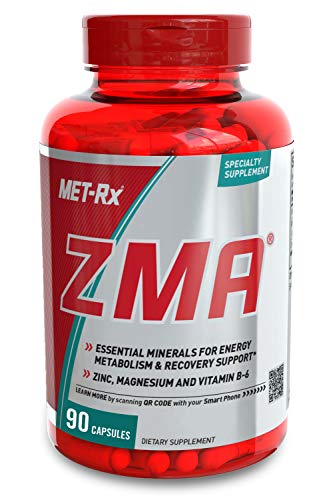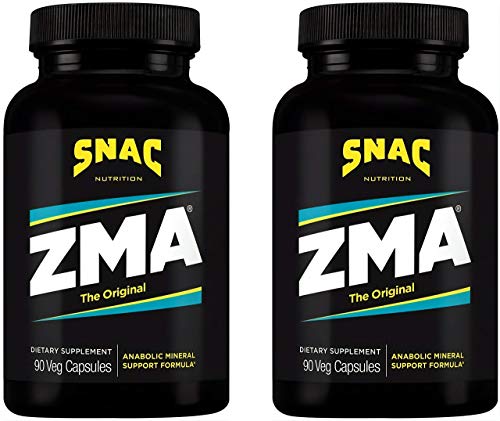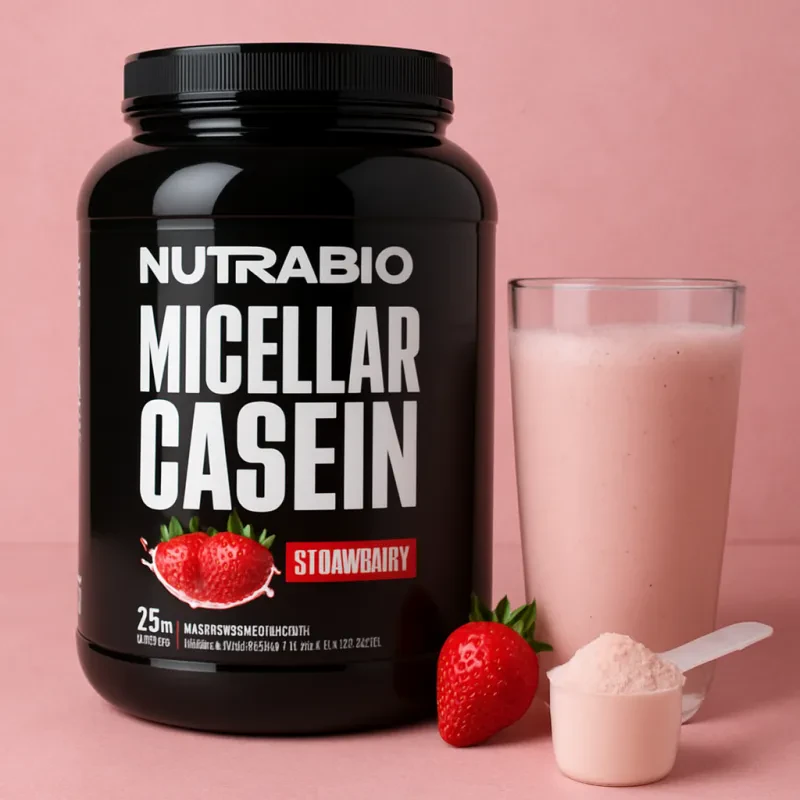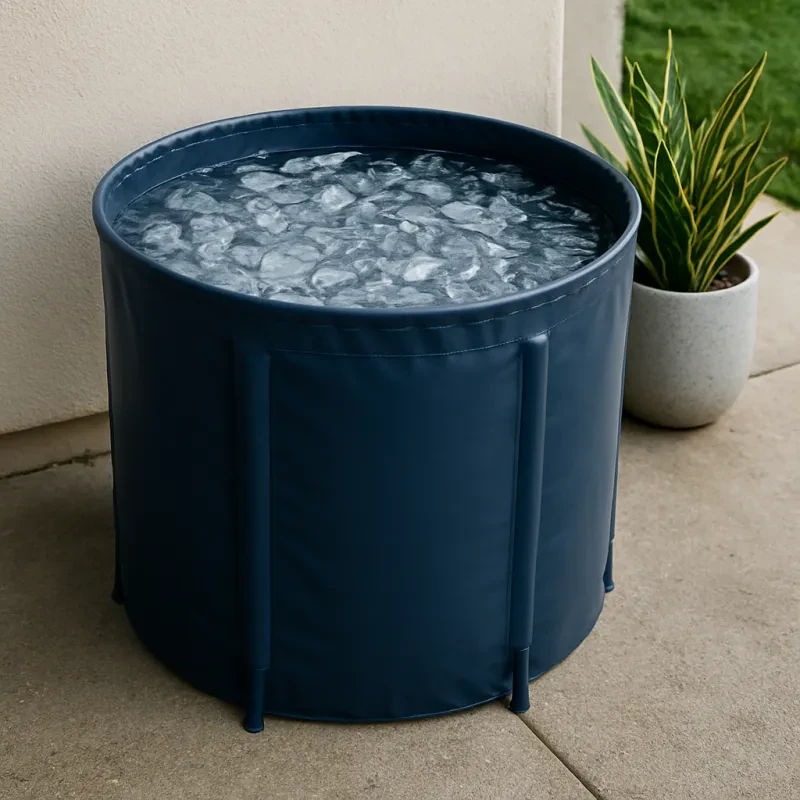Know Your Pain Type: Why Some Foods Flare Your Joints—And Others Don’t
One-size-fits-all joint advice fails because not all pain is the same. Learn the common Pain Types, likely food triggers, and how to tailor your plan—then confirm with a 60‑second quiz.
Discover Your Pain Type in 60 SecondsEducational only—this content is not medical advice. Always consult a qualified professional before making dietary or supplement changes.
In this article
Why personalization matters for joint pain
Two people can eat the same meal and feel very different the next day. That’s because joint discomfort isn’t driven by a single cause—it’s a dynamic mix of inflammation, mechanical stress, immune sensitivity, and metabolic factors. Your unique combination is your Pain Type. When you match your strategy to that type, progress tends to come faster and with fewer trial‑and‑error setbacks.
Instead of asking, “Is this food good or bad?” a better question is, “How does this food interact with my Pain Type?”
The 4 common Pain Types
- Inflammatory‑dominant — Characterized by frequent swelling, warmth, or morning stiffness. Often flares with pro‑inflammatory patterns in diet and lifestyle.
- Mechanical/overuse — Pain linked to loading patterns, posture, or repetitive use. Responds strongly to movement quality, strength, and recovery.
- Autoimmune‑sensitive — Immune system reactivity plays a larger role. Identifying triggers and supporting gut and immune balance are key.
- Metabolic‑related — Influenced by weight, blood sugar variability, and lipid balance. Stabilizing metabolism often reduces symptoms.
Real people rarely fit perfectly into one box, but one pattern usually stands out. That’s the lever to pull first.
Food triggers by Pain Type
Inflammatory‑dominant
- More likely triggers: Frequent processed meats, deep‑fried foods, ultra‑processed snacks, excessive alcohol, heavily charred meats.
- Supportive choices: Omega‑3‑rich fish, extra‑virgin olive oil, colorful vegetables and berries, herbs/spices like turmeric and ginger, legumes, nuts.
- Cooking notes: Favor lower‑temp methods, marinades, and minimal charring to reduce AGEs.
Mechanical/overuse
- More likely triggers: Overly large meals late at night that impair sleep quality; dehydration; low micronutrient density.
- Supportive choices: Adequate protein for tissue repair, magnesium‑rich foods (greens, beans, nuts), hydration, and steady electrolytes.
- Cooking notes: Balanced plates; avoid heavy, greasy meals before sleep.
Autoimmune‑sensitive
- More likely triggers: Certain additives, ultra‑processed foods, possibly gluten or dairy for some (individual variation), histamine‑rich leftovers for a subset.
- Supportive choices: Nutrient‑dense whole foods, bone‑broth‑based soups if tolerated, fermented foods if tolerated, diverse fibers for microbiome support.
- Cooking notes: Emphasize freshness; consider shorter leftover cycles if histamine sensitive.
Metabolic‑related
- More likely triggers: High‑sugar foods and refined grains, large portions of energy‑dense foods without fiber, sugary beverages.
- Supportive choices: Protein + fiber at most meals, low‑glycemic carbs (lentils, quinoa, berries), healthy fats, consistent meal timing.
- Cooking notes: Plan portions; build plates that steady blood sugar.
Non-food triggers that amplify pain
- Sleep debt: Poor sleep heightens pain sensitivity and inflammation.
- Stress load: Chronic stress shifts hormones and immune signaling toward higher reactivity.
- Inactivity or overtraining: Too little movement stiffens joints; too much without recovery can flare them.
- Posture and load: Repetitive positions or poor mechanics keep tissues irritated.
These factors interact with food. For example, a high‑stress week can make you more reactive to the same meal that didn’t bother you before.
Quick self-check vs. assessment
Try a simple 7‑day experiment: keep meals steady, change one variable at a time (e.g., cooking method or portion size), and track morning stiffness (0–10), swelling, and energy. If your pattern isn’t obvious—or you want a faster route—use a brief assessment to identify your dominant Pain Type and get a tailored plan.
Take the 60‑Second Pain Type QuizHow to use your result: diet, movement, supplements
Diet
- Build plates with protein + fiber + color (vegetables/fruit) + healthy fats.
- Match cooking methods to sensitivity: lower‑temp, marinated, less charring if you’re flare‑prone.
- Use a rotation pattern for potential triggers; re‑test in calm weeks.
Movement
- Inflammatory‑dominant: daily low‑impact movement, mobility flows, gentle strength.
- Mechanical/overuse: technique tune‑ups, progressive strength, tissue capacity work, deload weeks.
- Autoimmune‑sensitive: consistency beats intensity; prioritize recovery.
- Metabolic‑related: add walking after meals, circuit‑style strength, and steady weekly volume.
Supplements (supportive, not cures)
- Omega‑3s (EPA/DHA) may help support a healthy inflammatory response.
- Curcumin/turmeric and ginger can be useful adjuncts for some.
- Magnesium glycinate/citrate supports muscle relaxation and sleep quality.
- Always discuss with a healthcare professional, especially if you take medications.
Personalization is the shortcut. Once you know your Pain Type, you can spend energy on what actually moves the needle.
Get Your Personalized PlanFAQ
- Why do “healthy” foods sometimes make me feel worse?
- Context matters—your Pain Type, cooking methods, and total diet load can shift how your body reacts on any given day.
- How quickly should I expect results?
- Some notice improvements within 1–2 weeks of aligned changes; others need 4–6 weeks to see clear patterns.
- Do I need to eliminate entire food groups?
- Often no. Start with portion, frequency, and cooking methods. If needed, test targeted eliminations with re‑introductions.
- What if my symptoms vary a lot?
- That’s common. Track sleep, stress, activity, and meals together. Fluctuations often mirror shifts in those variables.
Next step: stop guessing—personalize it
Most people misidentify their Pain Type at first. A brief assessment can clarify your dominant pattern and point to the highest‑leverage changes.
Take the 60‑Second Pain Type Quiz






